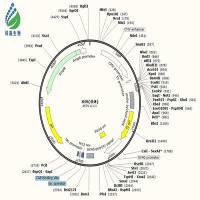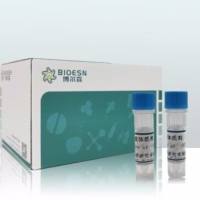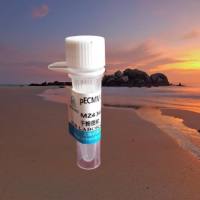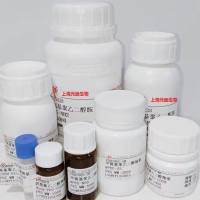Cryopreservation of Semen from Domestic Livestock
互联网
718
Although the first observations concerning low temperature preservation of spermatozoa date back to 1776 (when Spallanzani noted that spermatozoa, cooled in snow, became inactive but were revived on warming), successful cryopreservation protocols truly date from only the 1940s and 1950s. Around this time semen preservation was in the forefront of the new science of cryobiology and was important in the formulation of the first theories concerning the causes of cryoinjury. In 1938 Jahnel noted the survival of human spermatozoa stored at the temperature of solid carbon dioxide, an observation taken up by Parkes in 1945 (1 ), but the single most important development came with the discovery by Polge, Smith, and Parkes in 1949 (2 ) that glycerol could act as a cryoprotectant for spermatozoa. The initial experiments with glycerol were performed using fowl spermatozoa but were quickly followed by the successful preservation of bull spermatozoa (3 ) with the first calf from artificial insemination (AI) using frozen/thawed spermatozoa reported in 195l (4 ). However, early success with the bull rather belied the difficulties that became apparent with other domestic species. The use of glycerol had allowed bull spermatozoa to survive at the comparatively slow freezing rates obtained using methanol cooled with solid CO2 , and with semen contained in large glass-freezing ampules.









